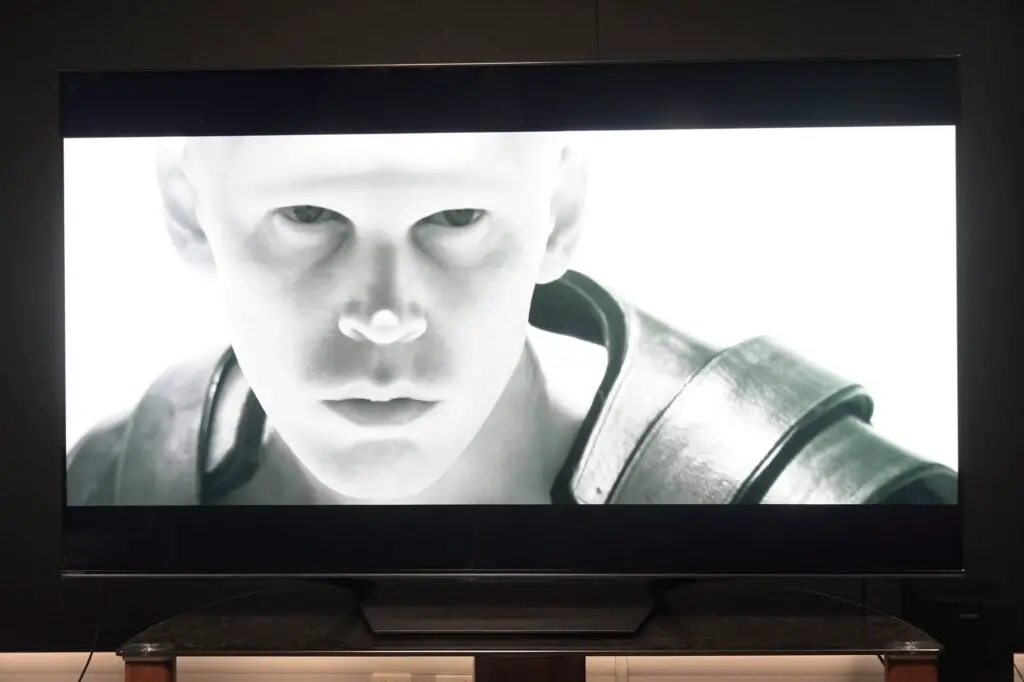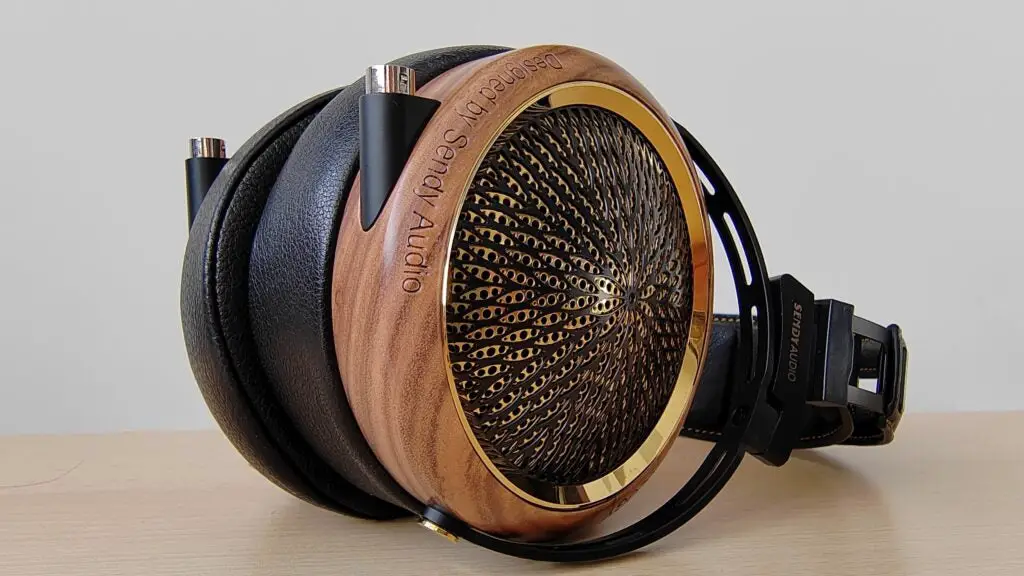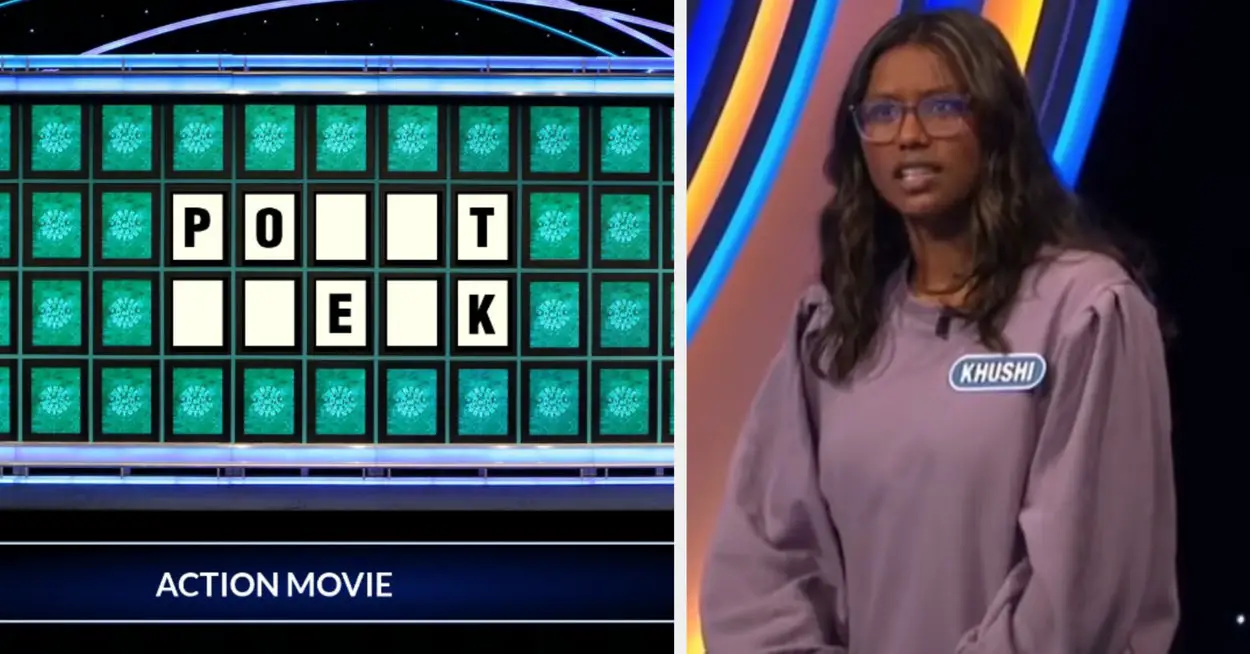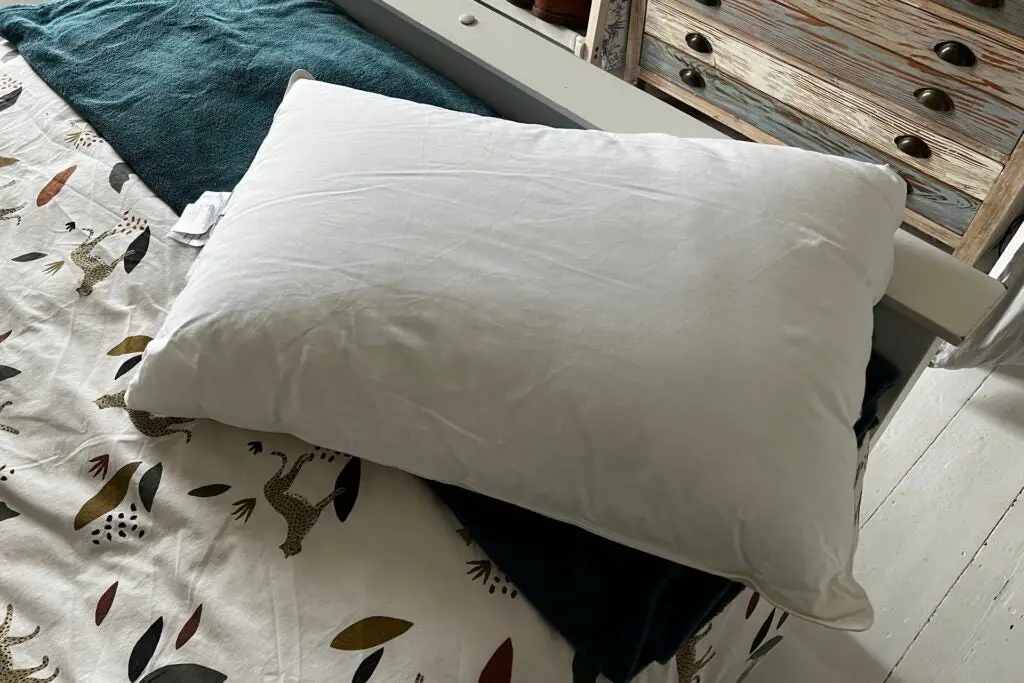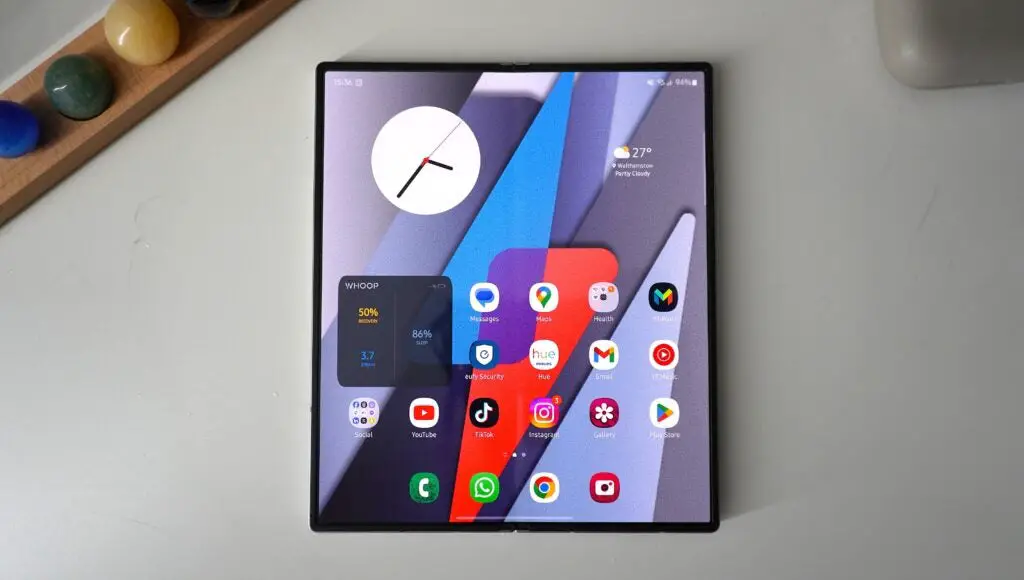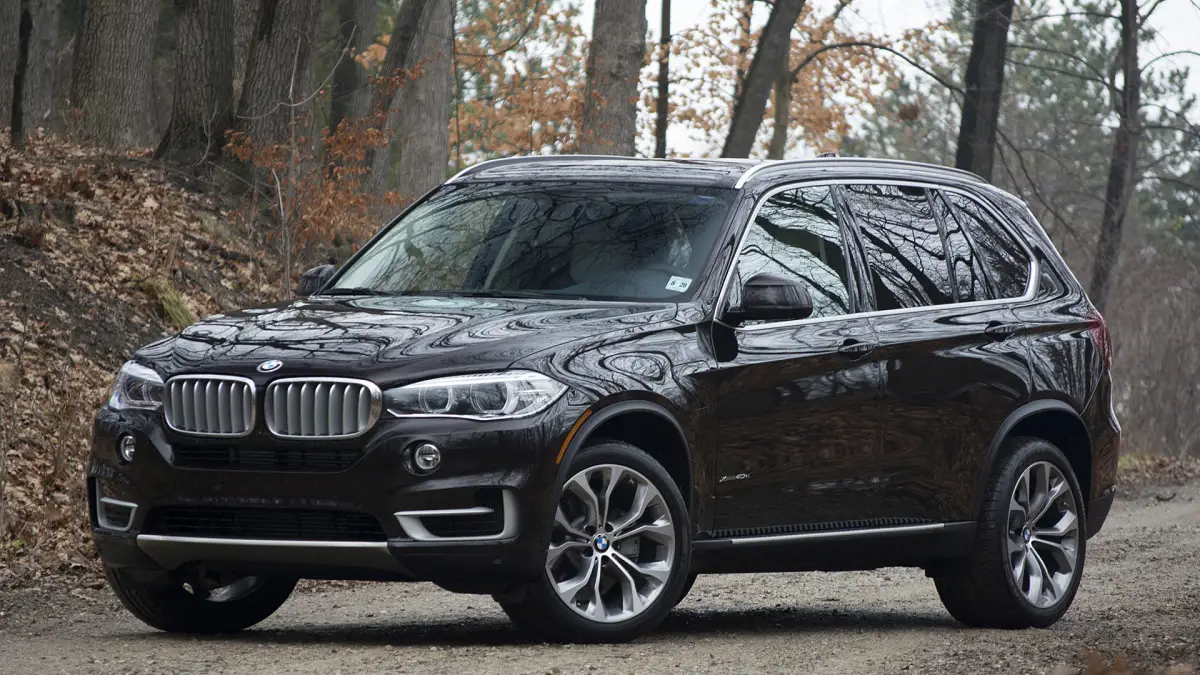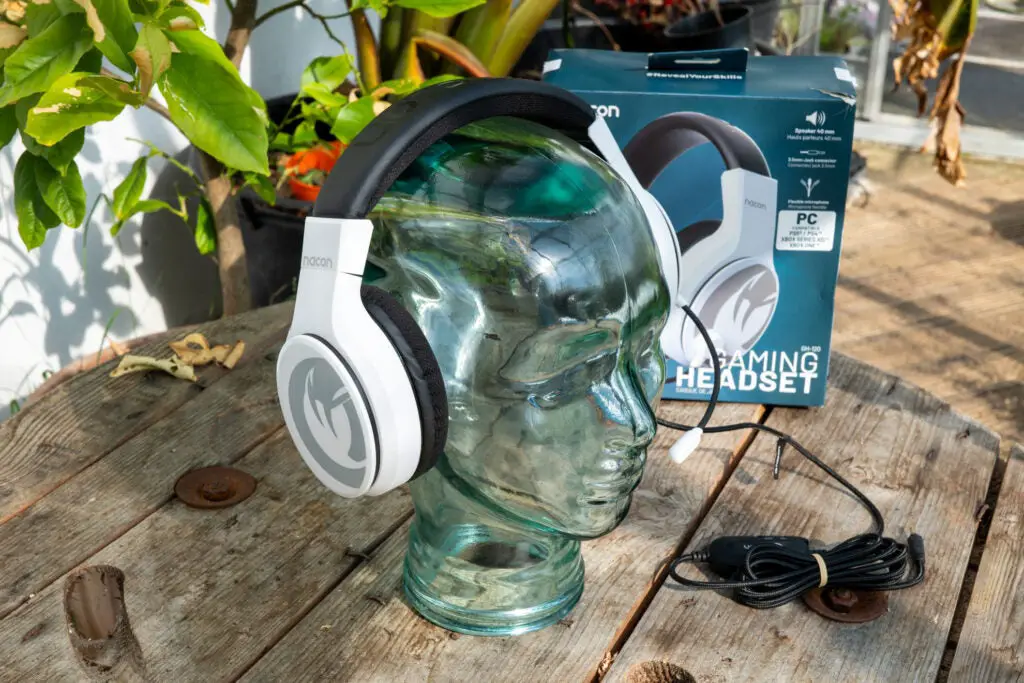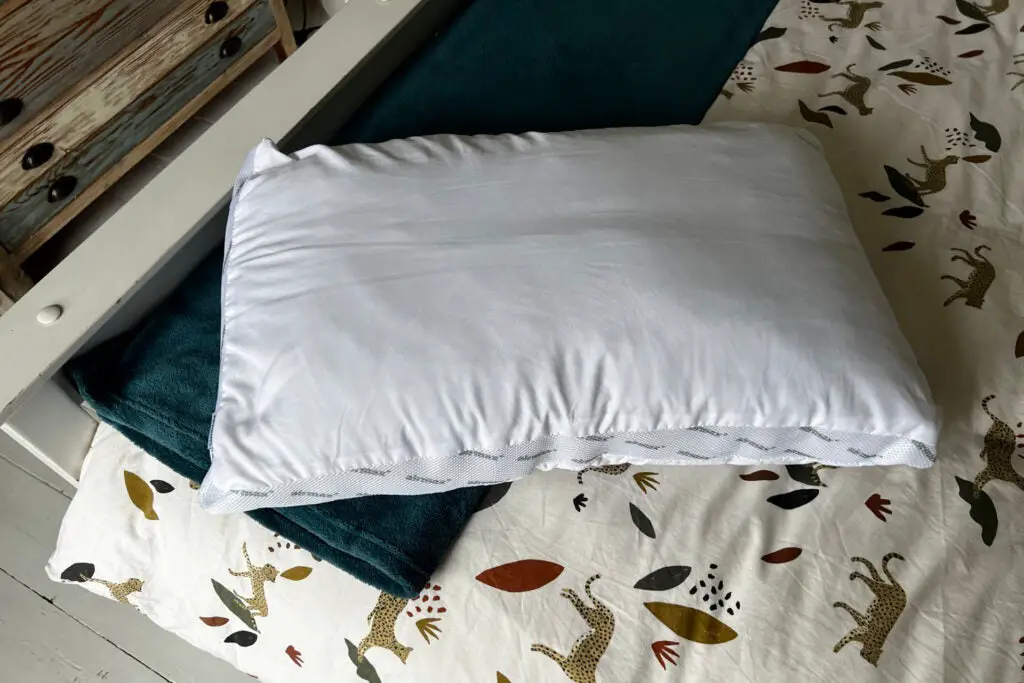Verdict
Another solid Mini LED TV from Hisense, the U7N offers an impressive feature set for the money, but the picture processing could benefit from a few refinements to challenge the best at this price.
Pros
- Bright, colourful picture
- Slick motion performance
- Good gaming feature set
- Interface is easy to live with
Cons
- Backlight issues
- Some DSE
- Plenty of competition
Key Features
- GamingSupports up to 144Hz refresh rates and AMD FreeSync Premium Pro
- HDRCan playback in HDR10, HLG, HDR10+, and Dolby Vision IQ
- VIDAASmart interface features all the local and ‘glocal, streaming apps
Introduction
While most TV brands have hopped onboard the OLED train, Hisense has pursued Mini LED tech to provide bright HDR images at a more agreeable price.
The U7N is Hisense’s step down model from its flagship U8N, and effectively ousts the U7K from 2023, bolstering its spec with improved gaming features, an updated interface and new sound system.
With plenty of aggressive competition from the likes TCL, what does Hisense have to counter?
Design
- Pedestal stand
- No size smaller than 55-inch
There’s an air of practicality about the Hisense U7N, but it does look nice with its thin bezel and slim-ish depth of 77mm.
There’s a new stand whereby the feet are attached first and the stand plate slides and clips in-between. Depending on how long it takes to figure out, the U7N should be ready to rock within five minutes.
It’s sturdy enough to support the TV’s weight and small enough to be accommodated on smaller furniture, a change from the awkward design Hisense has gone for in the past.
Around the rear is an integrated subwoofer, while connections are positioned on the right (your left as you face the TV). Sizes include 55-, 65- and 75-inches, so if you were hoping for a smaller screen, you’re out of luck.
Operating System
- Lots of content
- Solar cell remote
- Freely support
Hisense’s VIDAA 7.6 interface is a relatively simple one, avoiding the issues other sets have in overloading users with too much content.
Content is organised into rows (of which there are many) and you can scroll down for more options. Big hitters such as Netflix, Disney+, and the UK catch-up and on-demand apps can be found on the top row through the Freely service, followed by live TV feeds, plus plenty of free content via VIDAA channels and Pluto TV. Lag is virtually non-existent.
There are spaces for advertisements but VIDAA is (for the moment) free of any obvious attention grabs, directing users towards VIDAA’s own features, promotions, and content such as its app and Art store.
The menu has been moved from the top to the left-hand side, where a flick of the remote brings out sources, notifications, and further menus. VIDAA also features also a pop-up bar that allows for quick adjustment of settings, which has access to a game settings menu.
The zapper is new but still big. However it feels nicer, looks a touch more premium, and the button presses feel better. It also comes with a solar cell for charging.
Features
- Dolby Vision IQ
- Alexa voice control
- 144Hz refresh rates
HDR support includes HDR10, HLG, HDR10+, and Dolby Vision IQ. Filmmaker mode is provided, and in Prime Video the TV can detect compatible content and automatically switch to the mode.
Dolby Atmos is supported through the TV’s 2.1 sound system but like with almost every TV you’d be better off with a sound system. The set can also decode DTS Virtual:X tracks to give a better sense of height, width, and space.
Smarts are provided in Alexa and VIDAA Voice control, as well as HomeKit for iOS devices. You can set the TV up through the Hisense VIDAA app but for whatever reason I couldn’t get it to work – the app would just fail each time.
Gamers have VRR and ALLM support at their disposal, with refresh rates of up to 144Hz possible. AMD FreeSync Premium Pro is also supported for PC gamers. Input lag hits 13.2ms (4K/60Hz) – competitive with LG OLEDs though not as quick as Samsung Neo QLEDs.
There are four HDMI inputs rated to the 2.1 standard with ALLM available across each one but HDMI 3 and 4 are the inputs to plug in for 144Hz refresh rates.
There are two USB inputs (2.0 and 3.0), Ethernet, two RF inputs, CI+ 2.0 slot, digital optical out, 3.5mm audio output, sub-out, headphone out and an AV composite input. Wirelessly there’s Wi-Fi (AirPlay 2) and Bluetooth.
Picture Quality
- 1000 nits peak brightness
- Good motion processing
- Middling performance with dark scenes
Testing starts with Dune: Part Two and Barbie on 4K Blu-ray. It’s a bright picture, the pink colours of Barbie’s world described with punch and saturation but with both films the TV’s picture is not the sharpest or most detailed.
Despite the Mini LED backlight and (apparently) 384 local dimming zones, there isn’t the same level of precision and depth granted to black levels – the U7N’s black levels often appear more grey than black, and from time-to-time there’s a green tint to blacks. In Dune there’s visible blooming as Feyd-Rautha Harkonnen enters an arena, which gets worse at wider angles. Subtitles are also affected by blooming too.
Although the U7N has Dolby Vision IQ, it still misses detail in the moon landing IMAX scenes from First Man as bits of the lunar lander disappear into the blackness. When Ryan Gosling’s Armstrong drops a bracelet into a crater, it disappears a couple of seconds before it should – the local dimming isn’t as precise as it could be.
And black levels in Zero Dark Thirty’s finale are murky and lack detail. The Hisense is a Mini LED that performs better with bright images, and with its less precise black levels, the U7N doesn’t convey contrast in the strongest terms.
Peak HDR luminance reaches 1235 nits on a 5% window in Standard and 1085 nits in its Cinema mode, so the Hisense U7N is a capably bright TV. I don’t think it always makes the best use of that brightness in terms of colour volume – the fires in the opening scene of Dune: Part Two feel a little pale, the greens of a forest in the following scene could do with being lusher.
There’s a slightly washed out look to the red, rusty colours of a desert, the gradation of colours isn’t consistent, plus there’s backlight bleed at the edges of the screen that cause discolouration. All this is not helped by a slight green tint to dark scenes, with banding issues, and a noticeable Dirty Screen Effect to add the laundry list of imperfections.
The Hisense 65U7N finds itself on more comfortable ground with SDR content. Average brightness is actually better than an LG G4 OLED sat alongside it in the test room, though there appears to be clipping in the SDR highlights of Danny Boyle’s Sunshine (Blu-ray). The Hisense’s feel for colour is bolder – blues are nicely saturated, though the Hisense isn’t as wide-ranging or as subtle. Then again, it’s not £3000+ OLED TV.
Picture processing is handled by Hisense’s AI View Engine. The faces of the actors in Sunshine look good in terms of sharpness, detail, and definition (though again, not to the highest levels). Hisense has always put an emphasis on vivid colour and that’s the case with the U7N, but this is a performance that, at least in Filmmaker mode, looks accurate out of the box.
Moving down the resolution ladder with a DVD of Game of Thrones, there’s the inevitable lack of sharpness but there on top of that is more than a hint of noise, with character movement a little blurry in places. A 65-inch screen isn’t especially kind to low-res content and the U7N’s performance is softer, fuzzier, and with lines that are a little jagged.
I’ve been critical of Hisense’s Ultra Smooth Motion technology in the past but the U7N is markedly improved in this department.
There’s a choice of Standard, Clear, Film, Smooth, and Custom presets; and Clear is the best in its application while maintaining a natural look. The Smooth preset is the strongest and as a result looks the blurriest, while Standard is not as heavy handed but features slight judder. Film is the most authentic for home cinema fans.
Sound Quality
- Clear and detailed
- Dolby Atmos support
- Integrated subwoofer
The Hisense U7N’s 2.1 audio system is better than I anticipated. Dialogue is clear and detailed with speech emerging from the place and height it should on the screen.
There’s a good sense of naturalism to voices – they’re not overtly sharp or hard, and with tricky scenes in Dune, there isn’t a drop in intelligibility. The TV tracks objects as they move across the screen in fine enough fashion.
Bass can be up or down. In Dune I found it decent enough, but with The Marvels it sounded timid. In general the low frequencies lack depth, which meant the U7N struggled to provide energy in action scenes. But at least bass is clearly defined and distortion is kept to a minimum. You’d be best served by adding a soundbar, or perhaps even a subwoofer.
Latest deals
Should you buy it?
If you’re in the market for an all-round Mini LED
A bright and at times punchy picture with good gaming features, and plenty of video content to gobble up. For general use, the Hisense U7N covers the bases.
A few too many image imperfections
Banding, DSE, green tint to dark scenes, middling black levels; there are a few too many issues to put the Hisense among the best
Final Thoughts
The Hisense U7N is a solid set for the price but is not without its flaws. The panel and backlight aren’t the most consistent, with instances of Dirty Screen Effect, average viewing angles, blooming, and grey black levels. While this TV can comfortably hit 1000 nits, its lack of control over black levels means contrast can be flatly described.
The audio performance is fine but like most TVs, it could be bettered with an audio system. The TV’s spec covers plenty of ground, especially for gamers, while the VIDAA interface is one of the more accessible, putting plenty of paid and free content at your fingertips.
There’s strong competition with the 65-inch Samsung Q80D and 2023’s Panasonic MX950 still available. So while the Hisense U7N is a solid and entertaining screen, those looking for a more consistent and higher quality picture performance have other options to pursue.
How we test
We test every television we review thoroughly over an extended period of time. We use industry standard tests to compare features properly. We’ll always tell you what we find. We never, ever, accept money to review a product.
Find out more about how we test in our ethics policy.
Tested across several weeks
Tested with real world use
Benchmarked with Spears and Munsil disc
You might like…
FAQs
Wich HDR formats does the Hisense U7N support?
The Hisense U7N has all the HDR formats onboard, which means it can play content in HDR10, HLG, Dolby Vision and HDR10+.
Trusted Reviews test data
Full specs
UK RRP
Manufacturer
Screen Size
Size (Dimensions)
Size (Dimensions without stand)
Weight
ASIN
Operating System
Release Date
Model Number
Model Variants
Resolution
HDR
Types of HDR
Refresh Rate TVs
Ports
HDMI (2.1)
Audio (Power output)
Connectivity
Display Technology
Hisense 65U7NQTUK
£1599
Hisense
64.5 inches
1449 x 295 x 899 MM
838 x 1449 x 77 MM
20.8 KG
B0CYQ92K8C
VIDAA 7.6
2024
65U7NQTUK
65U7N
3840 x 2160
Yes
HDR10, HLG, Dolby Vision IQ, HDR10+
40 – 144 Hz
Four HDMI, USB 2.0, USB 3.0, Ethernet, two RF inputs, CI+ 2.0 slot, digital optical out, 3.5mm audio output, sub-out, headphone out. AV composite input
eARC, ALLM, VRR, HFR
40 W
Wi-Fi, AirPlay 2, Bluetooth
Mini LED

